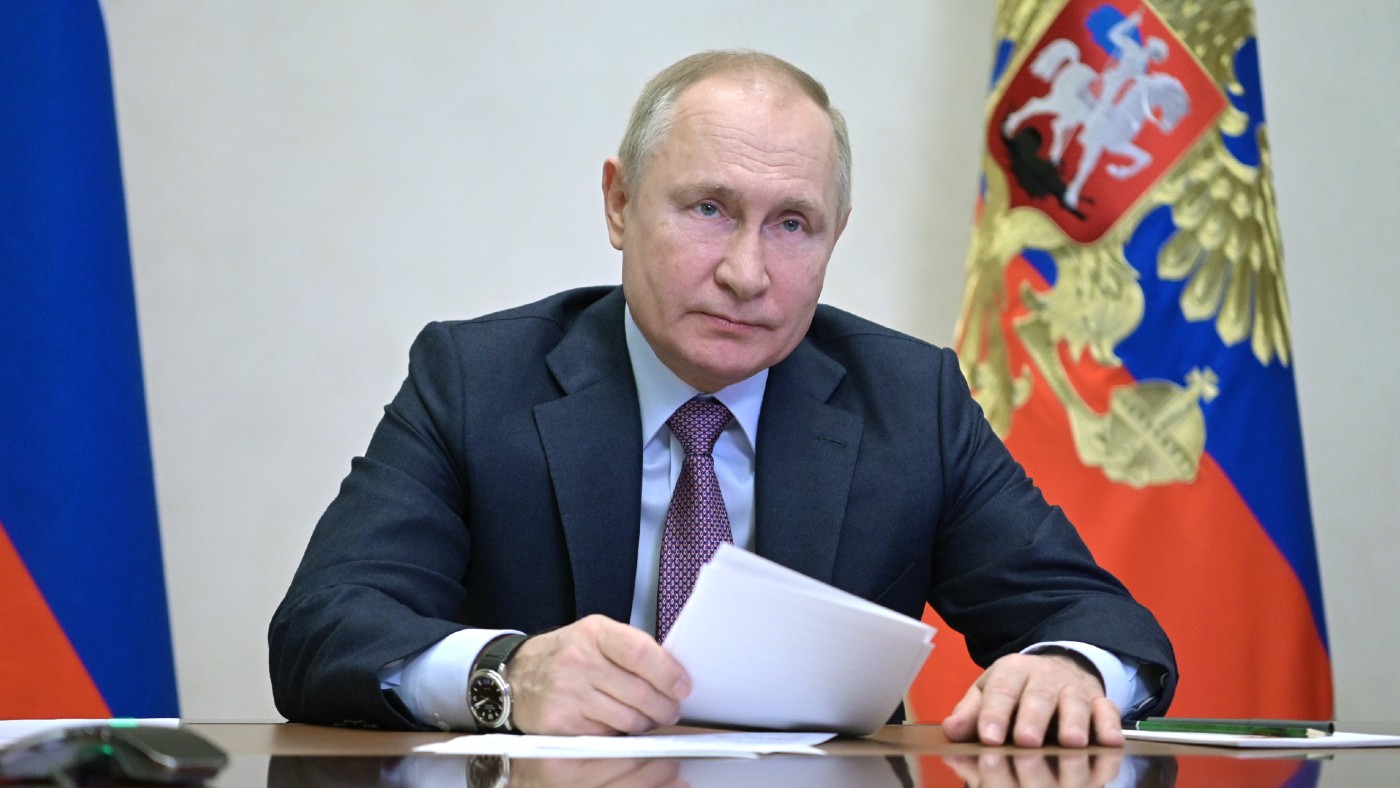
- Select a language for the TTS:
- UK English Female
- UK English Male
- US English Female
- US English Male
- Australian Female
- Australian Male
- Language selected: (auto detect) - EN
Play all audios:
At the Ralph H. Johnson VA Health Care System, our mission is clear: to provide Veterans with the best care possible by combining compassion, innovation, and cutting-edge technology. That
commitment led us to a major milestone—we are proud to announce the successful completion of our first TOPS (Total Posterior Spine System) procedure. Chronic back pain is one of the most
common and debilitating conditions affecting our Veteran population. For years, spinal fusion has been the standard surgical solution. While effective at relieving pain, spinal fusion can
limit flexibility and range of motion. Additionally, fusing one level of the spine often places extra strain on the segments above and below, which can lead to degeneration and future
surgeries. The TOPS device offers a promising alternative. While the procedure begins similarly to a spinal fusion, the key difference lies in the implant itself. Instead of using rigid
rods, surgeons implant a flexible TOPS device that stabilizes the spine while preserving the patient’s natural range of motion. This not only helps maintain mobility but also reduces the
risk of adjacent segment disease—and the likelihood of needing a second surgery. Dr. Stephen Kalhorn, a board-certified professor of neurosurgery, performed the groundbreaking surgery at
the Ralph H. Johnson VA. He utilized Globus GPS robotic navigation to accurately place the hardware, ensuring a precise and minimally invasive approach. “Maintaining motion in the spine is
important to delay adjacent segment spinal degeneration,” said Dr. Kalhorn. “With a lumbar fusion, the levels above and below the fused level will degenerate over time. This is because of
the loss of motion, which leads to higher stress at these neighboring parts of the spine. The more stress that builds up, the more the arthritis tends to accumulate, leading to bony and
ligamentous overgrowth.” The patient, who had researched the TOPS implant in advance, specifically requested the device—a request Dr. Kalhorn welcomed. “Every patient is unique and it’s nice
to be able to tailor your care to each patient’s unique situation,” he said. “So, when this patient asked for a TOPS procedure, I was happy to oblige because he met all of the inclusion
criteria for the procedure. He was right! He was a great TOPS candidate.” Looking ahead, Dr. Kalhorn sees the potential for wider adoption of the procedure. “Yes, I think it’s a great option
to maintain motion in select patients who would otherwise only be candidates for a lumbar fusion.” This procedure represents a significant advancement in spinal care for Veterans, and we
are proud to be among the first VA systems to offer this innovative treatment option. We would also like to extend a special thank-you to Rosie Bauer and Jonathan Gruber for their dedication
and hard work in making this procedure a reality. Their timely coordination with our Biomedical team and the Clinical Product Review Committee (CPRC) was instrumental in bringing the TOPS
spinal implant to our facility. Thanks to their efforts, we were able to offer our Veteran a life-changing operation that represents the very best of VA innovation and care.







